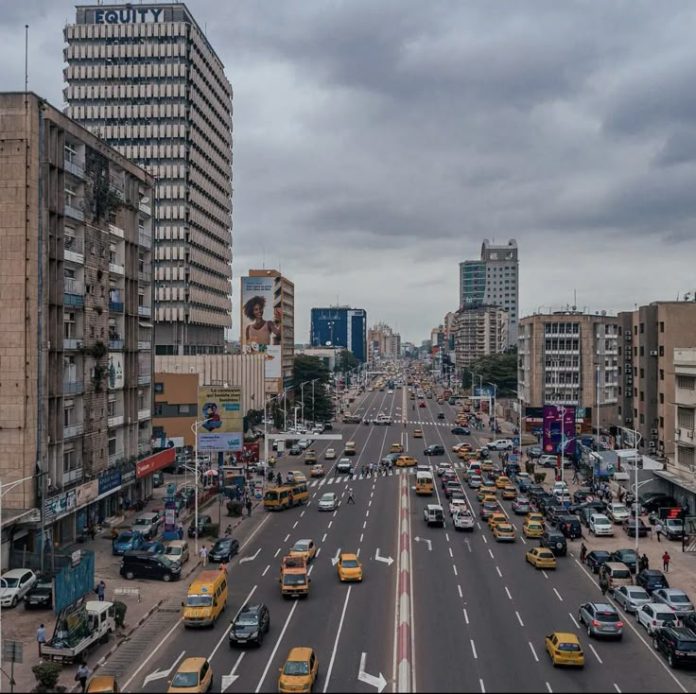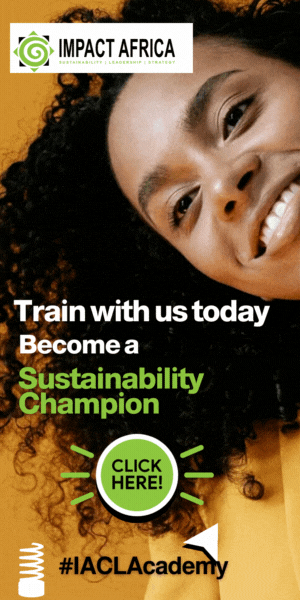The World Bank has approved a $60 million package to finance the Strengthening Urban Resilience Project in the Republic of Congo, targeting erosion and flood control, climate-resilient infrastructure, and institutional capacity in Brazzaville and Pointe-Noire.
Announced on October 30, 2025, the financing will be channeled into interventions intended to protect roughly 575,000 urban residents, create more than 450,000 person-days of short-term employment, and shore up planning and disaster-risk capacities at national and municipal levels. The move responds to concentrated urban growth, acute infrastructure deficits and rising climate hazards that are already eroding economic opportunity in Congo’s two principal cities.
The decision to concentrate resources in Brazzaville and Pointe-Noire reflects a blunt demographic reality: the Republic of Congo is exceptionally urbanized for the region, with official figures indicating that roughly seven in ten people now live in towns and cities, and more than half of the country’s population clustered in its two largest agglomerations.
Those population dynamics intensify the exposure to rainfall volatility, stormwater overflow and slope erosion where development has outpaced formal planning and where peri-urban settlements sit on fragile land. The World Bank framed the project as both a damage-limitation exercise and an economic preservation strategy: when pipes fail, roads wash out and markets are cut off during floods, livelihoods and municipal revenues suffer in ways that compound each other annually.
Globally, Africa’s urban transition is rapid and uneven, and Congo’s challenge is not unique. The continent’s urban share has been rising steadily and is projected to produce multiple new megacities in the next decade. That trajectory creates opportunities for productivity gains but also concentrates risk: years of chronic underinvestment in drainage, slope stabilization and resilient public services mean that single storm events can inflict far greater economic loss than their immediate physical footprint suggests.
The World Bank’s work in Dar es Salaam, for instance, has shown how intense rainfall can translate into household and business losses that amount to a meaningful share of city GDP; similar dynamics are now visible across coastal and riverine African cities where informal settlements intersect with flood plains. These comparative lessons shaped the Congo project’s emphasis on both hard infrastructural fixes and institutional strengthening to ensure assets are maintained and planning decisions are enforced.
Practically, the $60 million will be deployed across two linked fronts. On the ground, investments will reduce erosion and control floods through targeted earthworks, stabilized slopes, upgraded drainage and repaired public facilities, measures designed to lower the recurrent disruption of markets, schools and health centres. Parallel to those capital works, the project will fund technical assistance to bolster urban planning, risk-mapping and fiscal instruments that enable Brazzaville and Pointe-Noire to mobilize and manage future investments.
The project team expects that this combined approach will not only lower immediate hazard exposure but also reduce the annual “foregone growth” that officials attribute to recurring disasters. The World Bank and its partners have underscored that such dual investments are essential: engineering alone without functioning institutions leaves cities vulnerable to the same failures returning after the next heavy season.
The project’s design also reflects the evolving architecture of climate support: technical inputs were provided by the Global Facility for Disaster Reduction and Recovery, the City Climate Finance Gap Fund and the Global Center on Adaptation, signaling a blended finance and technical assistance model increasingly favored by donors.
These partnerships are meant to bridge municipal capacity gaps and to structure investments so that they are attractive to larger financiers later, a design intended to transform discrete interventions into a pipeline of bankable urban resilience projects. Should that pipeline materialize, it could help Congo avoid the familiar cycle in which international grants fund one-off projects that are never scaled or sustained.
For African cities more broadly, the Republic of Congo’s initiative is illustrative of a necessary recalibration: resilience investments must be both spatially precise and institutionally embedded. Countries like Nigeria and Tanzania are already confronting the fiscal and human costs of failing to modernize urban drainage and informal settlement integration; losses from single flood events in dense urban corridors can equal a sizeable portion of municipal budgets and undermine efforts to expand formal employment and services.
By contrast, where interventions combine physical works with municipal revenue reform, land-use enforcement and inclusive relocation strategies, the returns accrue not only in avoided losses but in improved market functioning and labor productivity. The Congo project aims to capture that latter return by explicitly linking infrastructure work to workforce activation and local development objectives, an approach that positions short-term employment generated by construction as a stabilizing complement to longer-term resilience.
Read also: Angola seeks $4.5 billion to link its Atlantic Coast to Zambia’s Copperbelt
Political economy constraints, opaque land tenure arrangements and constrained municipal revenues can blunt the long-term sustainability of works unless revenue instruments and maintenance regimes are reformed. Equally, climate projections suggest increasing intensity of extreme rainfall events in Central Africa, meaning that designs must account for a shifting baseline rather than rely on historical patterns alone.
Success will therefore hinge on how effectively the Republic of Congo translates project gains into routine municipal practice: whether drainage channels are cleared seasonally, whether slope stabilization is paired with upstream catchment management, and whether newly trained planners and engineers are retained within municipal systems rather than cycled out.
The financing now approved opens the door; what follows will determine whether Brazzaville and Pointe-Noire become models of urban adaptation or temporary islands of protection.
Engage with us on LinkedIn: Africa Sustainability Matters






